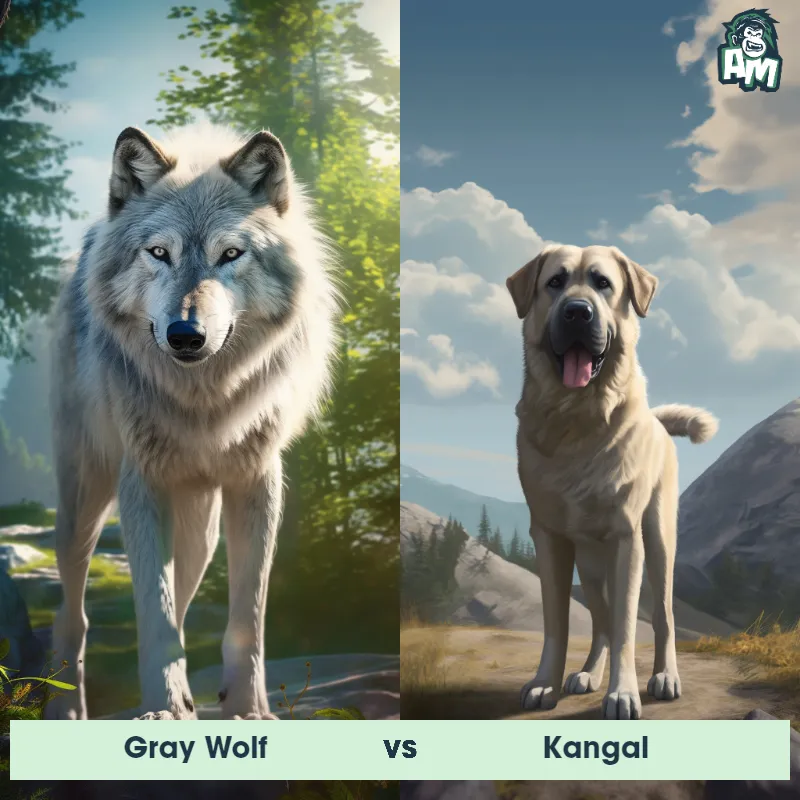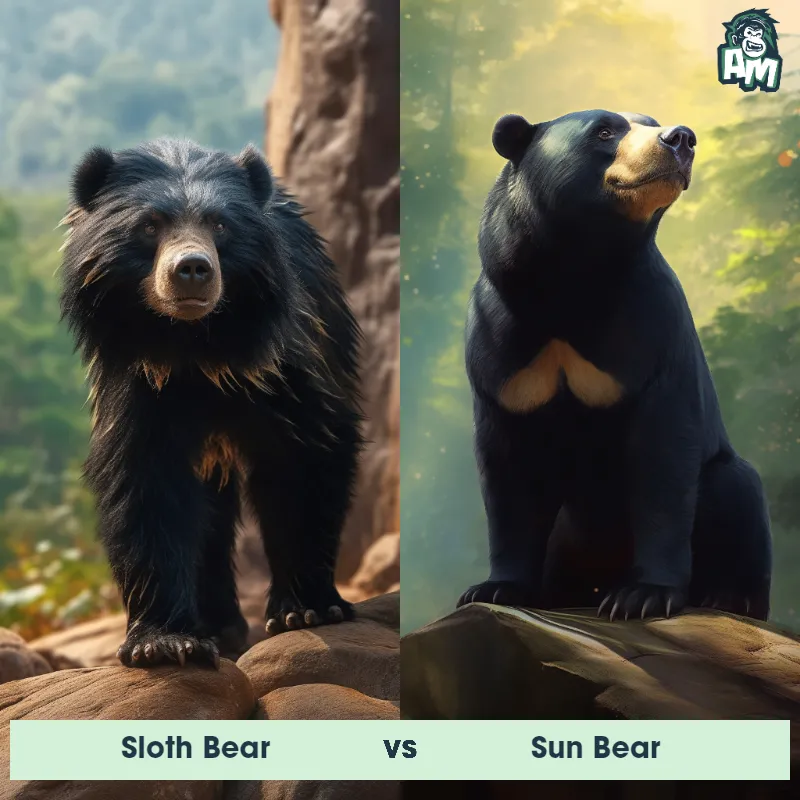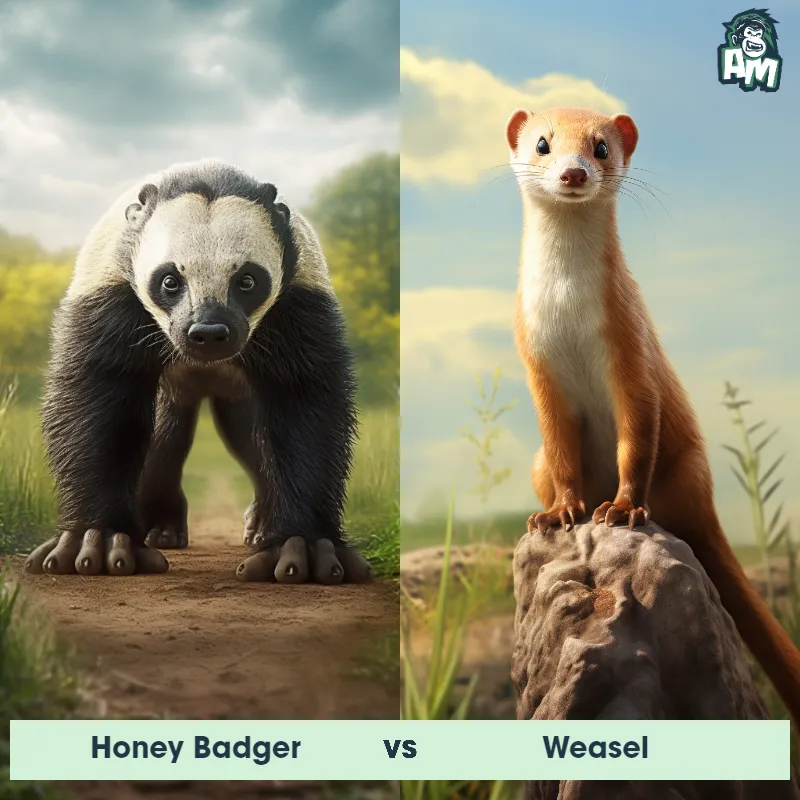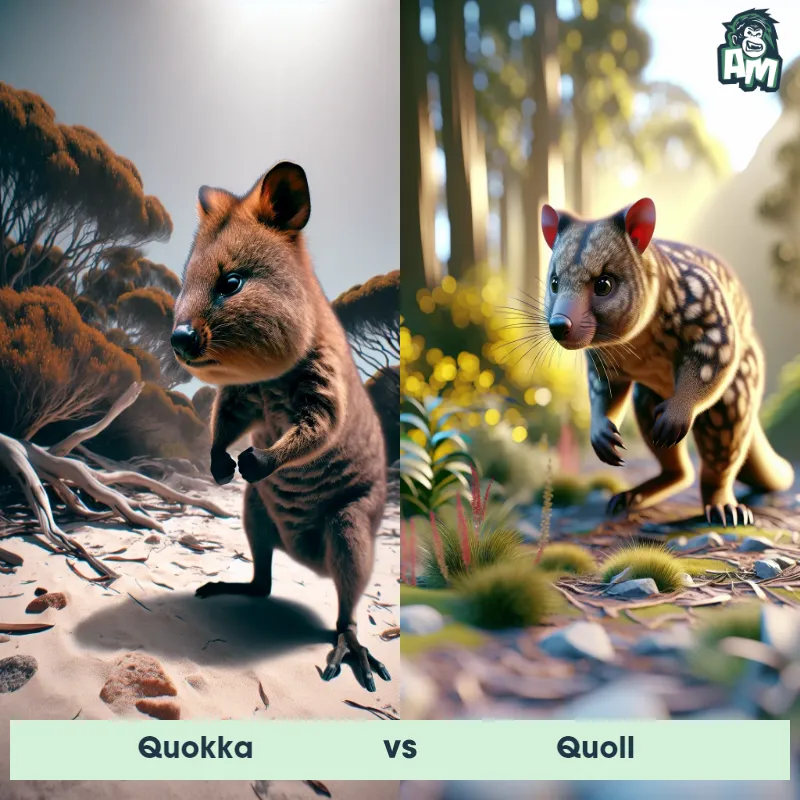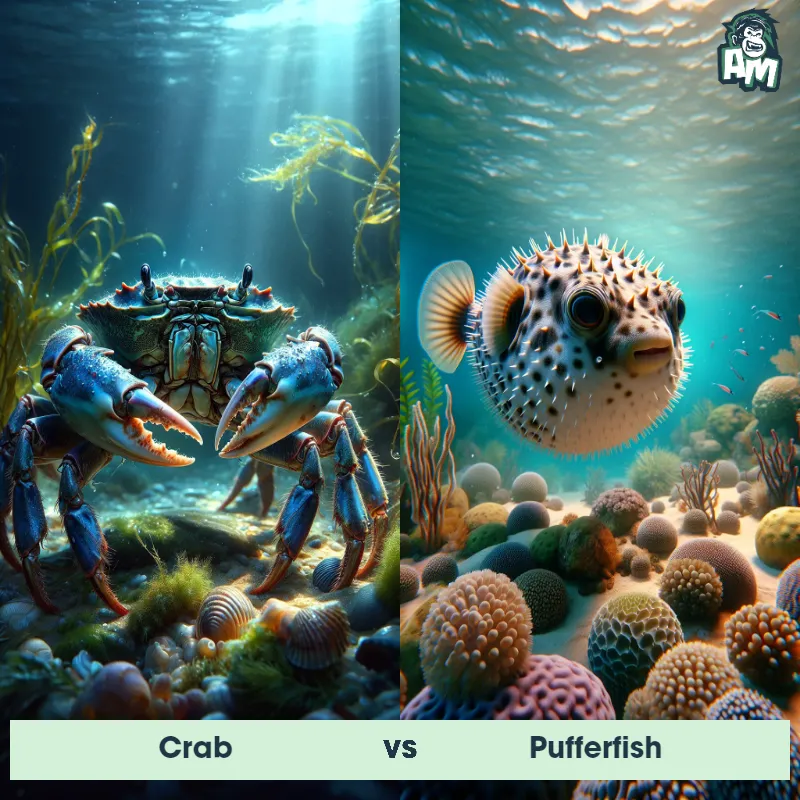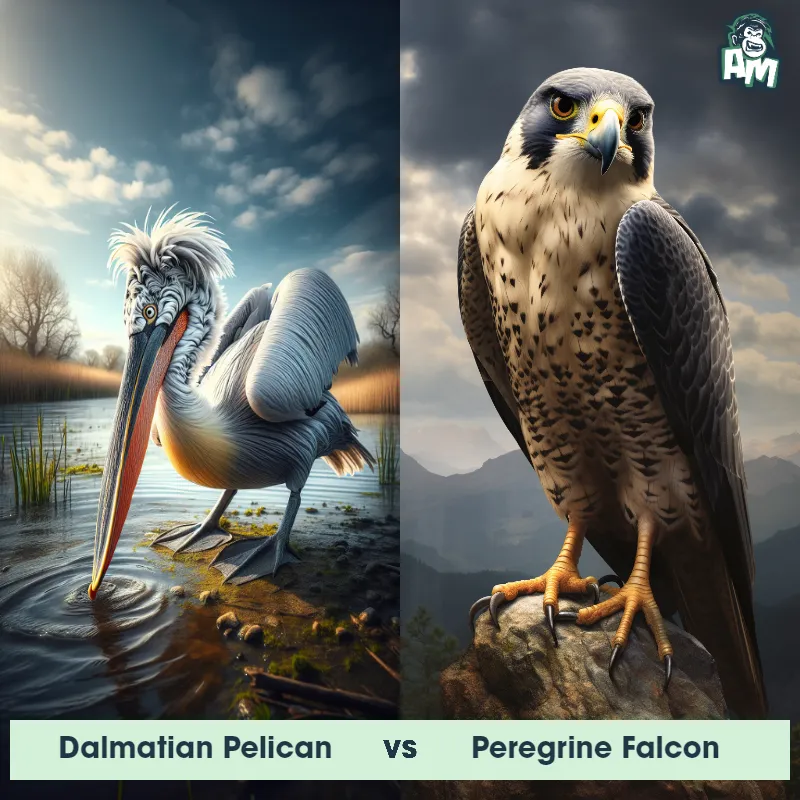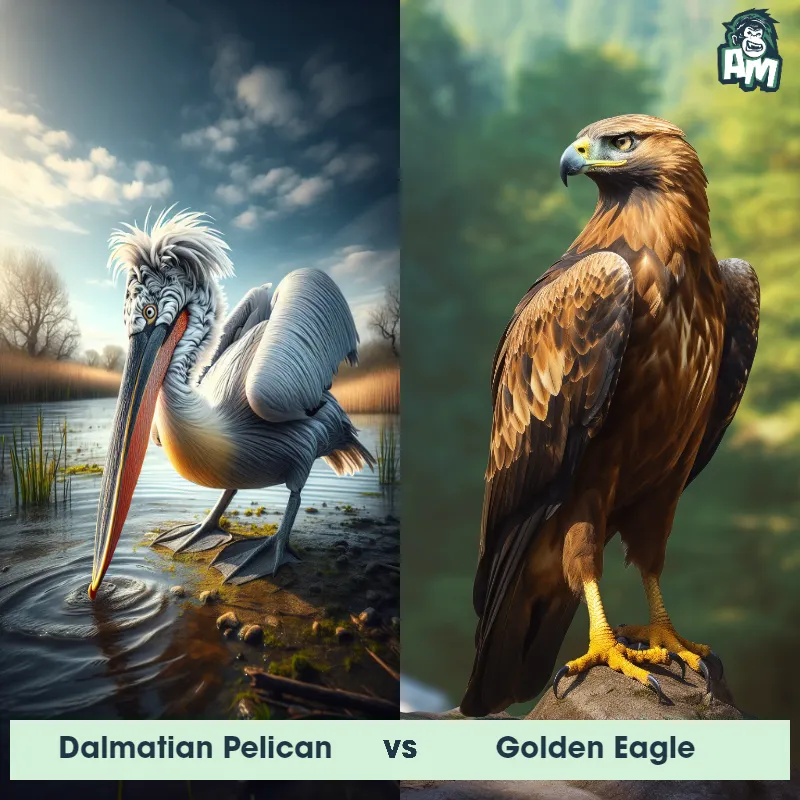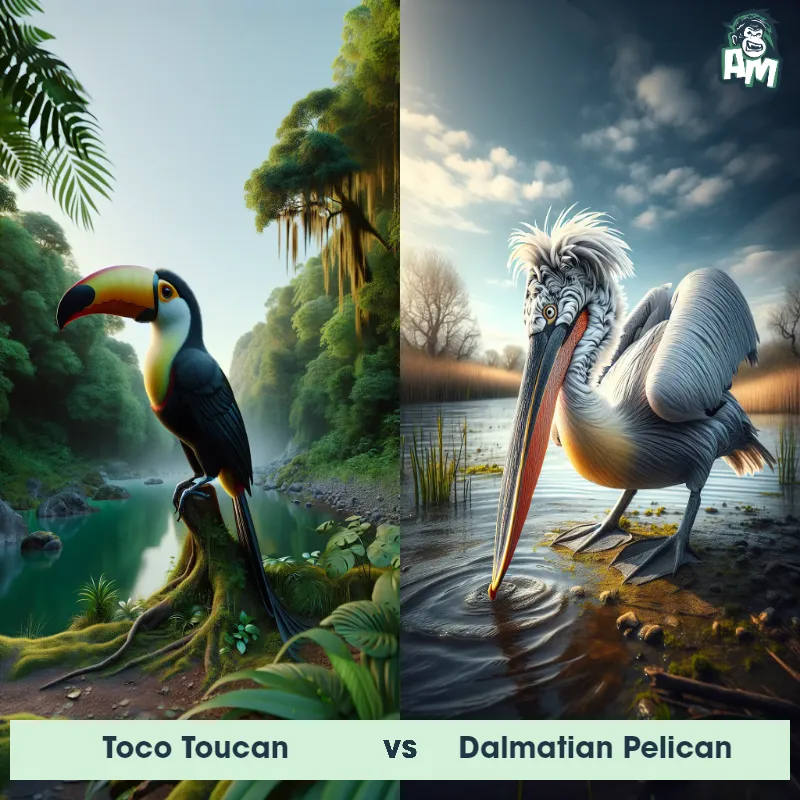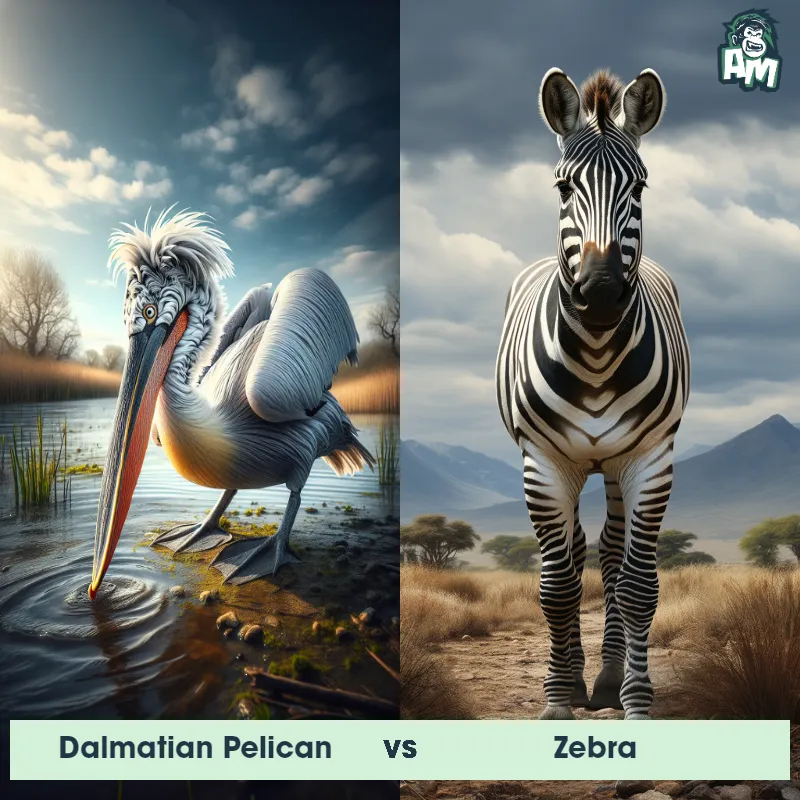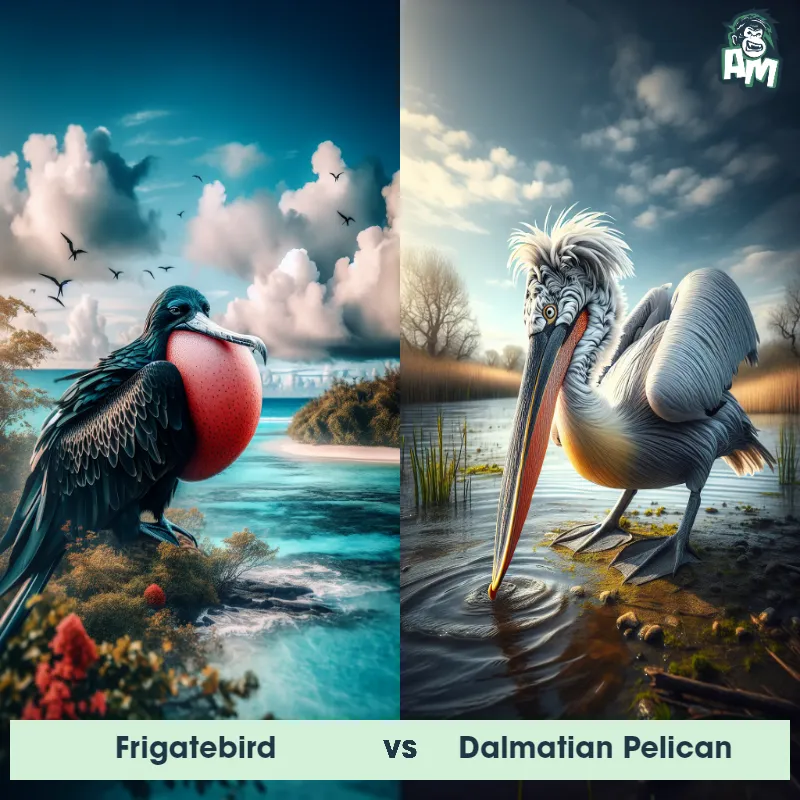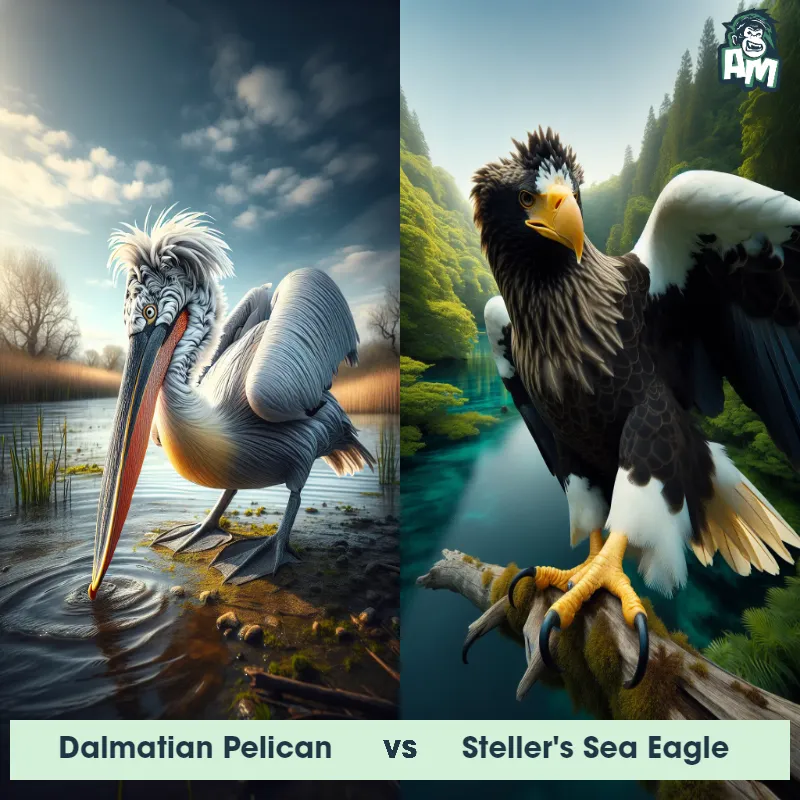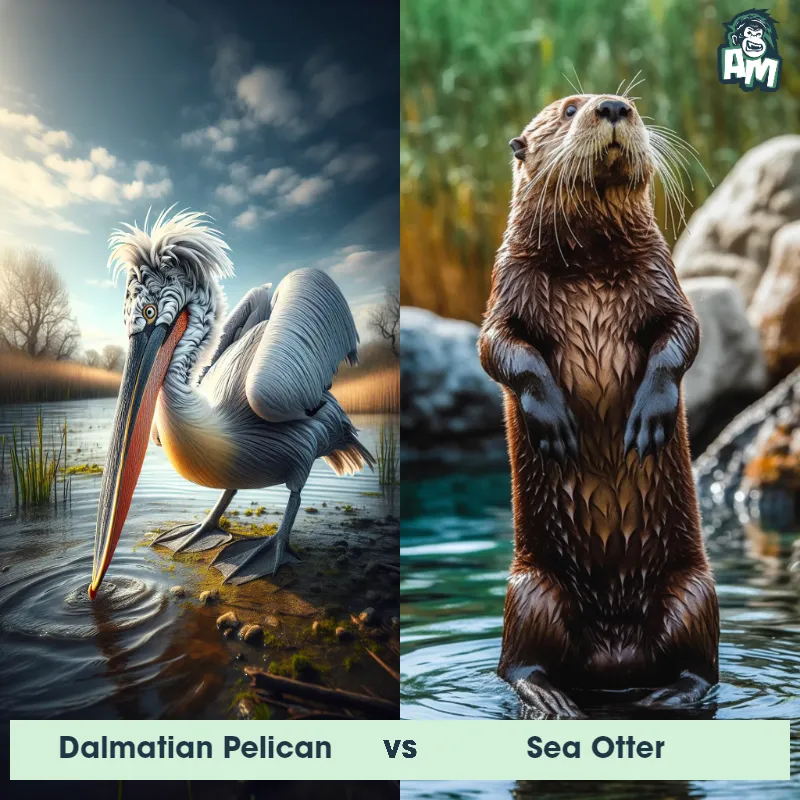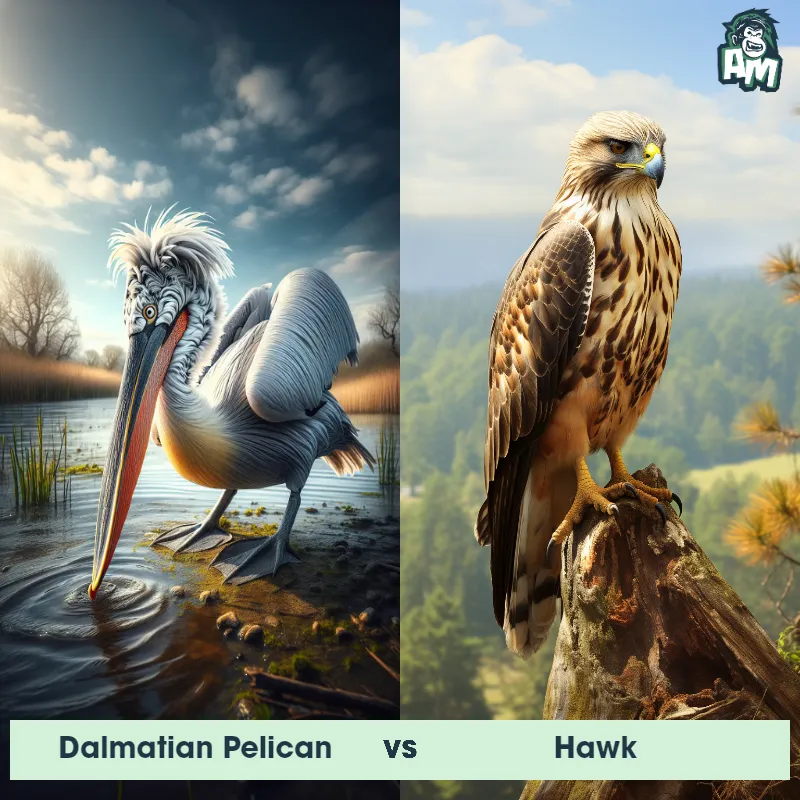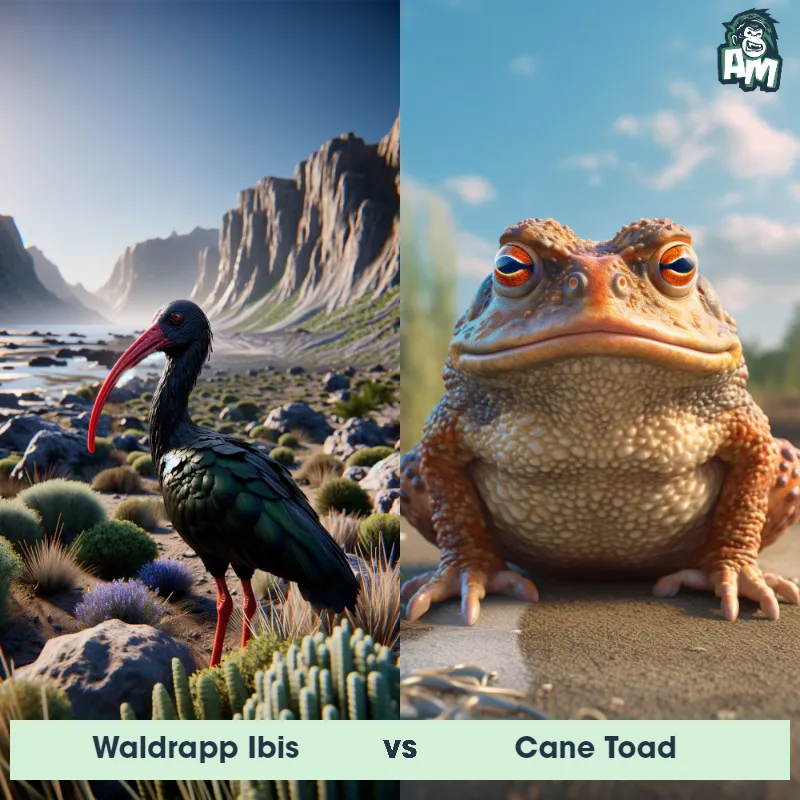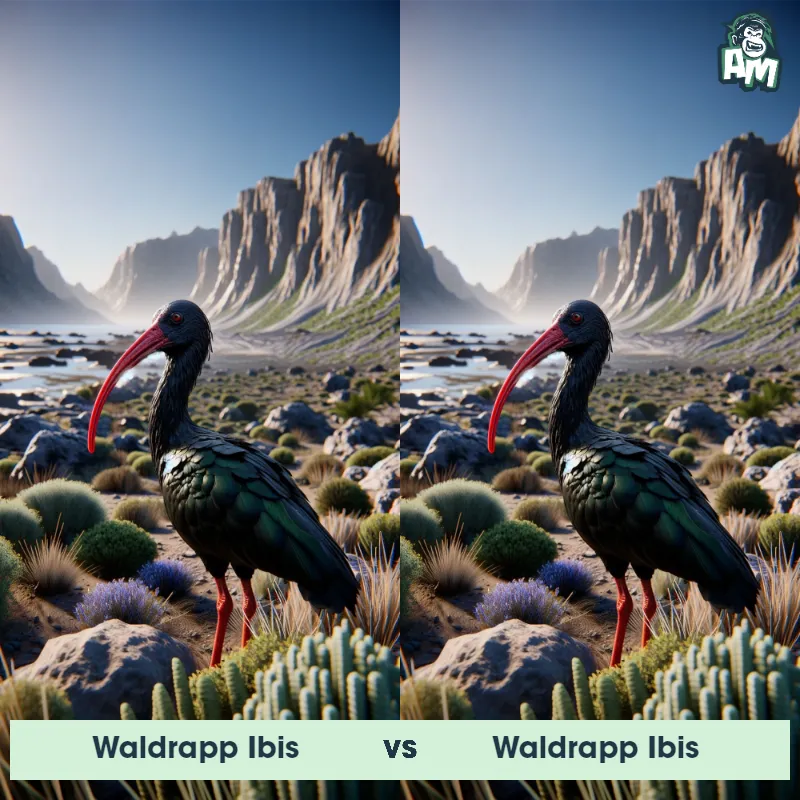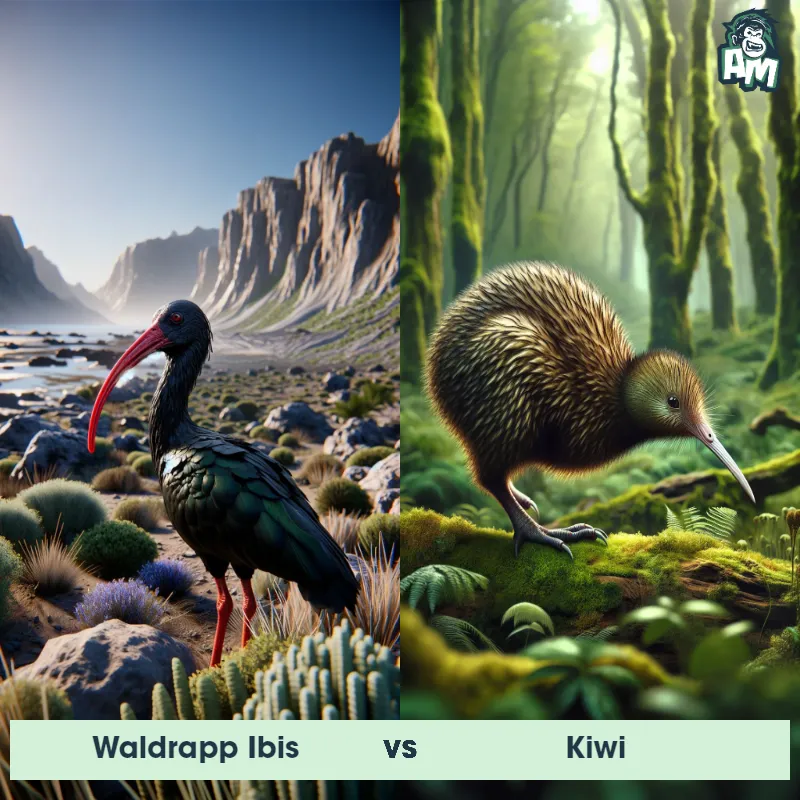Dalmatian Pelican vs Waldrapp IbisSee Who Wins

Welcome to this epic matchup between a Dalmatian Pelican and a Waldrapp Ibis! Both birds are known for their impressive wingspan and sharp beaks, so it's sure to be a thrilling battle here today at the Arena.
Contender 1: Dalmatian Pelican
The Dalmatian Pelican is one of the largest pelican species in the world, known for its impressive size and beautiful appearance. It has a white body with distinctive black feathers on its back, tail, and wings. With a wingspan of up to 3.5 meters, it is an excellent flyer and can soar gracefully through the air. This pelican species has a large, prominent beak with a yellowish pouch that can hold up to 15 liters of water, allowing it to scoop up fish and other prey from the water efficiently. Interestingly, during breeding season, their beaks turn a vibrant shade of orange.
Fun Fact: The Dalmatian Pelican has an unusual breeding behavior where they form large colonies and usually nest on remote islands or wetlands. These colonies can contain as many as hundreds of pairs, making them an impressive sight.
Contender 2: Waldrapp Ibis
The Waldrapp Ibis, also known as the Northern Bald Ibis, is a unique bird species found mainly in the mountainous regions of Europe, North Africa, and the Middle East. It is characterized by its distinctive bald head and long, curved bill. The Waldrapp Ibis has a black plumage with a glossy greenish sheen, and its wingspan can reach up to 120 cm. It is a social bird that forms large breeding colonies on cliff ledges, nesting on rugged mountainsides. Despite its somewhat comical appearance, this bird is highly intelligent and possesses excellent navigational skills.
Fun Fact: The Waldrapp Ibis has an impressive migratory behavior as it undertakes one of the longest known migrations by any bird species, traveling between its breeding grounds in Europe and its wintering grounds in North Africa, covering distances of up to 3,000 kilometers.
Matchup Stats
| Dalmatian Pelican | Waldrapp Ibis | |
|---|---|---|
| Size | Up to 1.8 meters (5.9 feet) in length | Approximately 110 cm (43 in) tall |
| Weight | Up to 12 kilograms (26.5 pounds) | Approximately 1.5 kg (3.3 lbs) |
| Speed | 31mph (50km/h) | 30mph (48km/h) |
| Key Strength | Powerful beak and large size | Agility and beak strength |
| Biggest Weakness | Slow movement on land | Lack of physical aggression |
Current Votes
Dalmatian Pelican vs Waldrapp Ibis
See Who Wins
View More Matches
Looking For More?
Similar Matches
Scientific Stats
| Dalmatian Pelican | Waldrapp Ibis | |
|---|---|---|
| Scientific Name | Pelecanus crispus | Geronticus eremita |
| Family | Pelecanidae | Threskiornithidae |
| Habitat | Freshwater habitats such as lakes, rivers, and marshes | Mountainous regions, cliff ledges |
| Geography | Southeast Europe, Asia, and China | Europe, North Africa, Middle East |
| Diet | Fish, frogs, crustaceans, and small birds | Insects, grubs, small invertebrates |
| Lifespan | 10 years - 15 years | 20 years - 25 years |
Key Differences between Dalmatian Pelican and Waldrapp Ibis
- Bill shape: The Dalmatian Pelican has a long, curved bill with a hook at the end, ideal for catching fish, whereas the Waldrapp Ibis has a thin downward-curved bill used for probing in the mud for food.
- Behavior: Dalmatian Pelicans are known for their solitary feeding habits, while Waldrapp Ibises are social birds that often gather in large flocks for breeding and migration.
- Size: The Dalmatian Pelican is much larger than the Waldrapp Ibis, with a wingspan ranging from 290 to 345 cm, while the ibis has a wingspan of around 80 to 95 cm.
- Habitat preference: Dalmatian Pelicans are primarily found in freshwater lakes and rivers, whereas Waldrapp Ibises prefer dry cliffs and rocky habitats for nesting and breeding.
- Vocalizations: The Dalmatian Pelican is a silent species, whereas the Waldrapp Ibis is known for its loud, croaking calls during courtship displays and territorial disputes.
- Color: The Dalmatian Pelican has predominantly white plumage with black flight feathers, a yellow-orange gular pouch, and bare pink facial skin, whereas the Waldrapp Ibis has a distinctive black body with a bald red head and neck.



